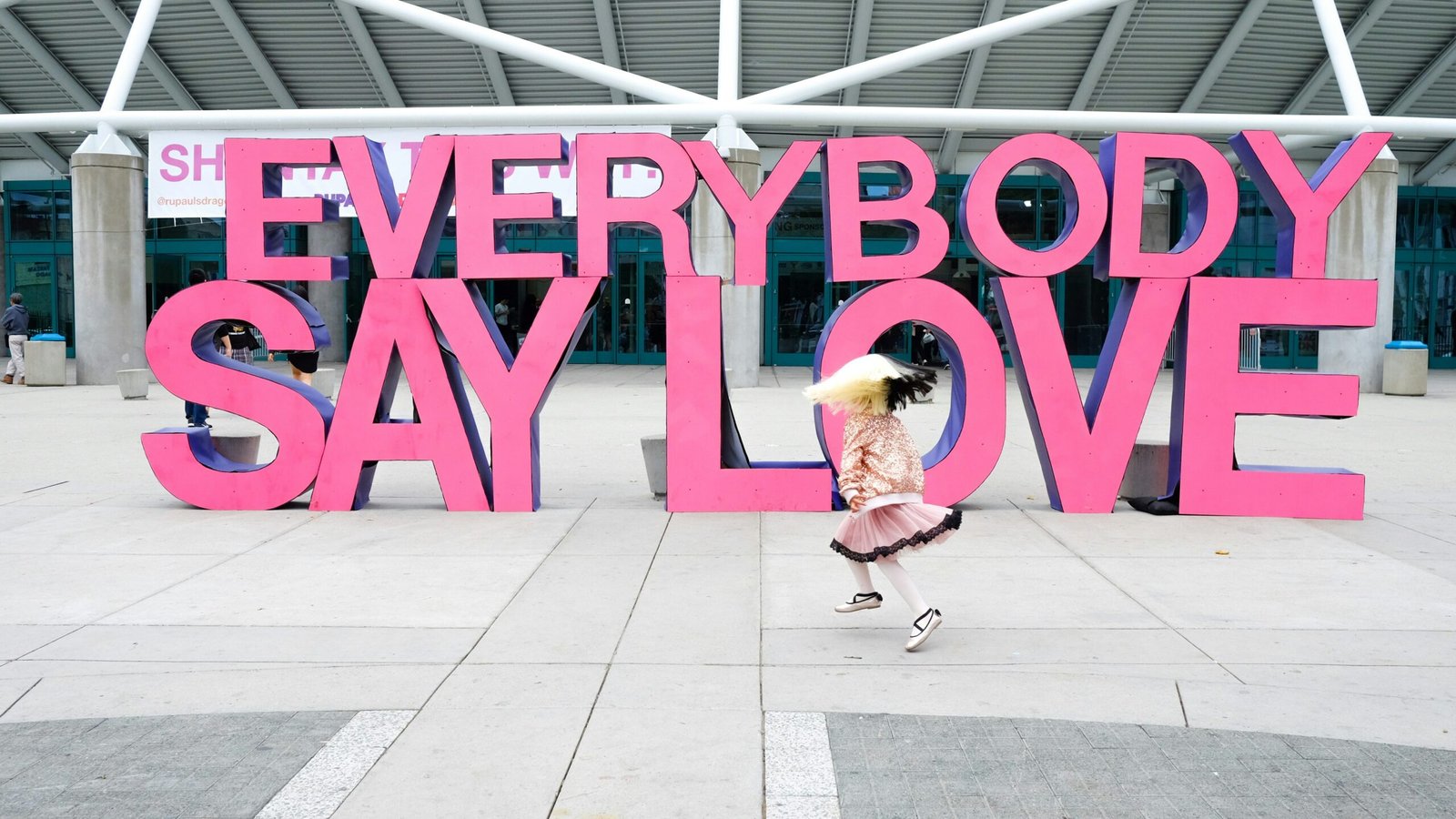Intersectionality and Disability Sexuality: Exploring the Complexities of Sexual Experiences
Sexuality is a fundamental aspect of human life, encompassing a range of desires, expressions, and experiences. However, when it comes to individuals with disabilities, their sexual lives are often overlooked or misunderstood. It is crucial to recognize that disability intersects with various factors such as race, gender, sexuality, and socioeconomic status, shaping the way individuals with disabilities navigate their sexual experiences and intimate relationships.
The Impact of Intersectionality on Disability Sexuality
Intersectionality refers to the interconnected nature of social categorizations, such as race, gender, and disability, which can create overlapping and distinct experiences of discrimination and privilege. When examining disability sexuality through an intersectional lens, it becomes evident that the experiences of individuals with disabilities are not uniform. Instead, they are shaped by the unique combination of identities and societal factors that they possess.
For instance, a person with a disability who identifies as a woman may face different challenges in their sexual life compared to a person with a disability who identifies as a man. Gender norms and expectations, alongside disability-related barriers, can influence their experiences of sexuality and intimacy.
Race and Disability: Complexities in Sexual Experiences
Race is another significant factor that intersects with disability to shape individuals’ experiences of sexuality. People of different racial backgrounds may encounter distinct cultural expectations, stereotypes, and prejudices that impact their sexual lives. For example, a person of color with a disability may face additional barriers due to racism and ableism, making it more challenging to explore their sexuality freely.
It is crucial to acknowledge and address these intersectional dynamics to ensure that individuals with disabilities from diverse racial backgrounds have equal access to sexual education, healthcare, and support systems that cater to their specific needs.
Gender, Sexuality, and Disability: Breaking Stereotypes
Gender and sexuality play significant roles in shaping the sexual experiences of individuals with disabilities. Society often perpetuates stereotypes and misconceptions surrounding disability and sexuality, assuming that people with disabilities are either asexual or incapable of engaging in sexual relationships.
However, this narrow perspective fails to recognize the diverse range of desires and sexual expressions within the disabled community. It is essential to challenge these stereotypes and promote a more inclusive understanding of disability sexuality that respects and validates the sexual agency and desires of individuals with disabilities.
Socioeconomic Status and Disability: Barriers to Sexual Well-being
Socioeconomic status also intersects with disability to influence individuals’ sexual well-being. Economic disparities can limit access to sexual education, healthcare, and resources necessary for exploring one’s sexuality. People with disabilities from lower socioeconomic backgrounds may face additional challenges in accessing appropriate support systems and opportunities for sexual expression.
Addressing these barriers requires a comprehensive approach that includes affordable healthcare, accessibility in sexual education, and social policies that promote equal opportunities for sexual expression for all individuals, regardless of their disability or socioeconomic status.
Conclusion
Understanding the intersectionality of disability and its relationship with race, gender, sexuality, and socioeconomic status is crucial for addressing the complexities of disability sexuality. By acknowledging and addressing these intersections, we can foster a more inclusive and supportive society that recognizes the diverse sexual experiences and desires of individuals with disabilities. It is essential to promote education, awareness, and access to resources that empower individuals with disabilities to navigate their sexual lives with autonomy and dignity.

